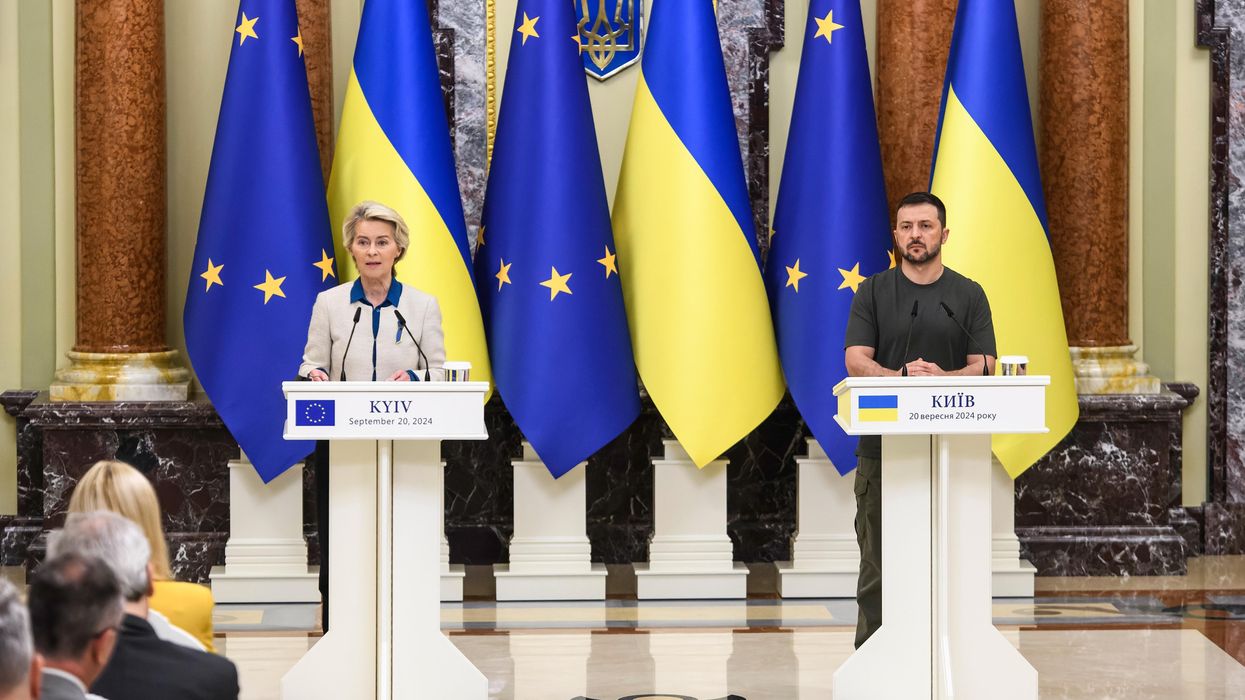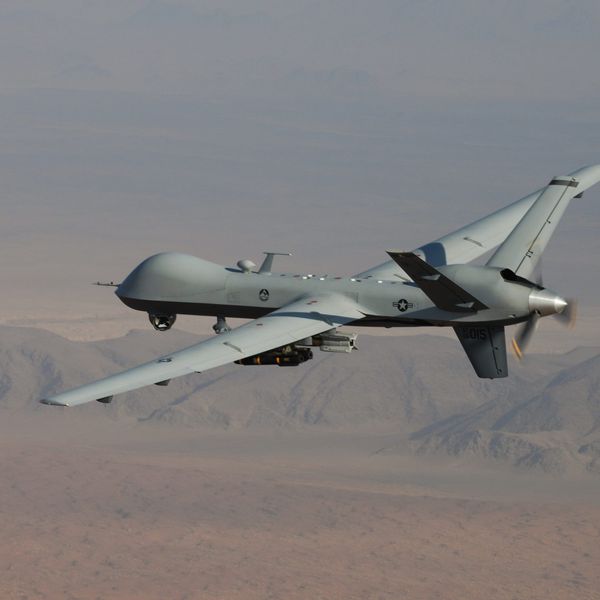In the Art of War, Chinese military strategist Sun Tzu said, "if you know neither the enemy nor yourself, you will succumb in every battle.” This nugget of wisdom is as perceptive today as it was over 2,000 years ago. And it does not bode well for America.
We clearly don’t know our adversaries. We’ve been caught flat-footed, repeatedly, in recent years, from Russia’s invasion of Ukraine, the almost instantaneous collapse of the Afghanistan government that we’d spent two decades supporting, to the recent Hamas attacks destabilizing the Middle East.
The biggest question mark of all is if and when China might transition from nibbling on the margins of Asia to taking a big bite in the form of Taiwan.
Perhaps even more worrisome, and far less excusable, is the fact that we don’t know ourselves. In a world growing less stable by the day, the disconnect between our policymakers in Washington and the American public is frightening. While prominent national security experts of both parties seem to be coalescing around maximalist approaches toward the conflicts in Ukraine and Gaza, and lobbying for a more confrontational stance toward China, the American public appears largely tuned out, instead focused on challenges closer to home, like paying bills, raising children, and navigating polarizing domestic politics.
The disconnect between rhetoric and reality is breathtaking. On one hand Washington issues commitments to helping reclaim all Ukrainian territory, the “total destruction” of Hamas, and a robust defense of Taiwan. On the other hand the American public is either disengaged from (or divided on) these issues, our weapons stockpiles are shrinking, military recruitment numbers plunging, the deficit is ballooning, and the economy is uncertain.
Meanwhile, the country continues to fracture along red and blue lines. Could we still unite in a time of war? It depends. If Russian paratroopers descended on Colorado like the 1984 cult classic Red Dawn, yes, I’m confident we’d come together and repel the existential threat of a foreign invasion.
But am I convinced, in this toxic political climate, that farm boys from Kansas, warehouse workers from the Rust Belt, and college students from the Pac-12 would race to recruiting offices to help Taiwan repel a Chinese invasion? Or to deploy to the Middle East to dive into what looks like an intractable conflict with complicated roots dating back at least 75-years? Not really.
It is also worth asking if America has the stomach for casualty numbers that would almost certainly dwarf the 7,057 U.S. servicemembers killed in action post-9/11 in a Great Power war. Russia continues to fight in Ukraine despite estimates of over 100,000 killed in just the past few years. We can’t assume China wouldn’t have a similar tolerance for heavy losses too.
Despite these concerns, national security officials and foreign policy luminaries persist in advancing strategic postures that may require U.S. troops to deploy in greater numbers to three theaters (even if these deployments are under the guise of “deterrence”) .
(While the principle of deterrence is sound in theory, the danger lies in assuming that appearing to be a superior force on paper will obviate the need to ever actually fight, overlooking the fact that credibility requires a willingness and capacity to do just that. Which brings us back to Sun Tzu. Can we answer the willingness and capacity question about ourselves with any degree of confidence? Have we ever taken it seriously?)
Right now it seems like our strategy — to the extent we have one — is being developed in a vacuum, with little concern for minor details like who will fight, and with what degree of national commitment. This reflects, in part, a persistent tendency, to which we keep returning since the days of Robert McNamara’s “Whiz Kids” of the Vietnam era, to view conflict as a technocratic exercise where victory and defeat are largely dependent on the amount, and quality, of sophisticated high-dollar weaponry.
But as our experiences in Vietnam and Afghanistan should have taught us, collective will and resolve also matter. A lot. We must not overestimate (or fail to even consider) ours. Wars are still fought by people. And, to date, there has been no effort to secure the buy-in of the American public.
We need to really ask: How many young Americans would volunteer to strap on a ruck, grab an M4, and go fight one of these distant wars if an adversary calls what they may see as a bluff?
We must first accept that these would not be conflicts that could be handled by cobbling together the same people from a volunteer force and deploying them countless times over decades like we did during the “Global War on Terror.” In fact, it is almost impossible to envision a scenario where our deterrent is credible, or where we could prevail in a world war, absent a draft.
While a draft invokes images of Vietnam it may be time to revisit its upsides in the context of today’s disconnect between citizen and military and citizen and government.
At the most basic level, a draft would solve the personnel shortages we are struggling with. I’m aware that military leaders fear that a draft would hurt the professionalism of today’s force. However, the lowering of recruiting requirements, as well offering big signing bonuses to impressionable high school students, is already diminishing standards.
It would also serve as a powerful unifying force, bringing together young people of different races, belief systems, and geographic backgrounds in shared national service. This would help unify a generation that has experienced little but corrosive fragmentation for years.
And since Americans would have skin in the game, a draft would also force politicians to abandon vapid, cliché-ridden rhetoric, and be forced to either convince Americans we need to be on wartime footing, or tone down their bellicose talk and develop creative and less militaristic strategies, starting with our approach to Ukraine, China, and now the Middle East.
Finally, it would signal to the world that we are serious about a strong national defense. The perception would no longer be that we are a country in decline, anesthetized by popular culture and unwilling to sacrifice.
Unfortunately, there seems to be no appetite for such a call to service on the part of the same leaders and pundits lobbying for a muscular, militarized foreign policy. It is remarkable to witness swaggering commitments to the potential use of force against Great Power adversaries on Capitol Hill but absolutely no willingness to discuss the national sacrifice that it would require.
And so, if we conclude a draft won’t happen, we’d be better off addressing the massive disconnect between Washington rhetoric and the extent of Americans’ willingness to fight now, as opposed to after our leaders talk us into another, and possibly far more calamitous, war.
















